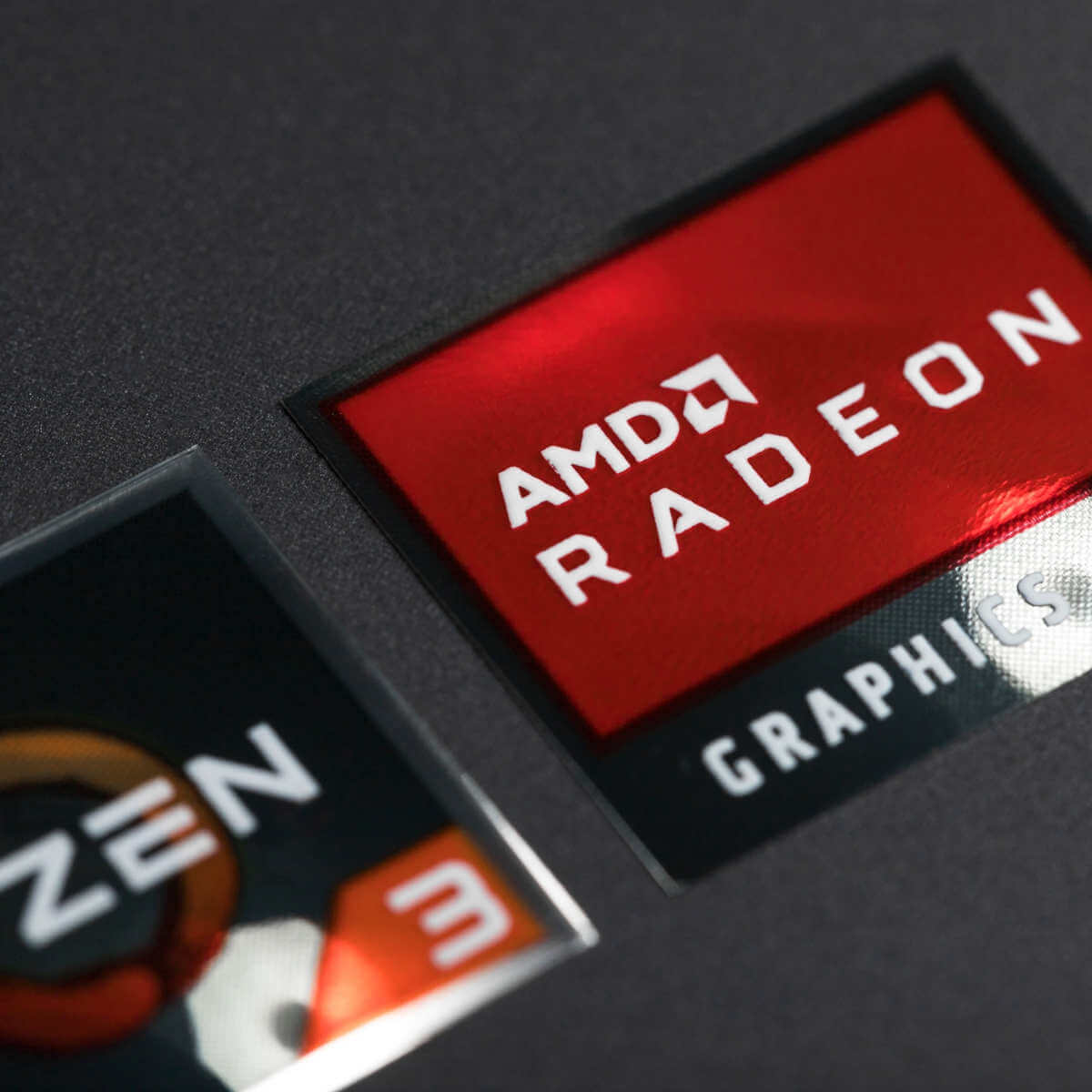

- WINDOWS SCHEDULER HOW TO
- WINDOWS SCHEDULER FOR WINDOWS 10
- WINDOWS SCHEDULER WINDOWS
While we're focusing this guide on Windows 10, Task Scheduler has been around for a long time, which means that you can use the same instructions on Windows 8.1, Windows 7, and older versions. In the page, you'll also be able to see all your tasks with information, such as the triggers, when the task run last and when it'll run the next time.Īlternatively, you can always select the task, and use the Actions pane on the right to quickly perform actions, such as run, end, disable, and edit the job.
To delete a task, right-click it and select the Delete option. To edit a task, right-click it and select the Properties options. WINDOWS SCHEDULER HOW TO
It’s good to learn how to professionally use Windows 10 task scheduler for different tasks.
To run a task on demand, right-click it and select the Run option. The Task Scheduler is a component of Microsoft Windows that provides the ability to schedule the launch of programs or scripts at pre-defined times or after specified time intervals: job scheduling (task scheduling). Expand the Task Scheduler Library branch. Select the Create this task with administrative privileges option. Click File at the top left of Task Manager’s window. Press the Ctrl + Alt + Del key combination, and select the Task Manager option. Search for Task Scheduler, click the top result to open the experience. This is how to launch Task Scheduler via Task Manager. Once you've created the task, you can use these steps to view, exit, or run it on demand: How to run, edit, and delete a task using Task Scheduler Under Task Scheduler (Local), select Task Scheduler Library and choose New Folder from the. However, you want to make sure the Power settings are configured to your requirements.)Īfter completing the steps, authenticate with your account credentials, and then the task will run automatically on schedule or event using the specified settings. From the Start menu, select Administrative Tools > Task Scheduler. (If you're creating a simple task, you don't need to modify these settings. Using this Task Scheduler well be able to Schedule a Task by Seconds, Minutes, Hours and Days. If an organization already has Cortana enabled, they also would need to purchase and enable Scheduler, the other Cortana experiences do not have to be enabled for someone in the organization to use Scheduler. WINDOWS SCHEDULER FOR WINDOWS 10
(Optional) The "Conditions" tab includes settings that work in combination with the "Triggers" settings to determine when the task should run. Scheduler is enabled independently from other Cortana services, such as Cortana for Windows 10 and the Briefing email from Cortana.(Usually, you can leave this setting empty.) (Optional) In the "Start in" field, specify the folder in which the program will start.You can learn more about creating a PowerShell script in this guide.

For example: -NoExit -ExecutionPolicy Bypass C:\PATH\TO\SCRIPT\first_ the "powershell.exe" command and the above argument, it'll run the script named "first_script.ps1." The argument "-ExecutionPolicy Bypass" ensures that the script runs successfully, and the "-NoExit" argument will prevent the window from closing after running the script. The Scheduled tasks window shows scheduled task status and whether tasks completed successfully or not. (Optional) In the "Add arguments" field, you can specify arguments to run the task with special instructions.






 0 kommentar(er)
0 kommentar(er)
